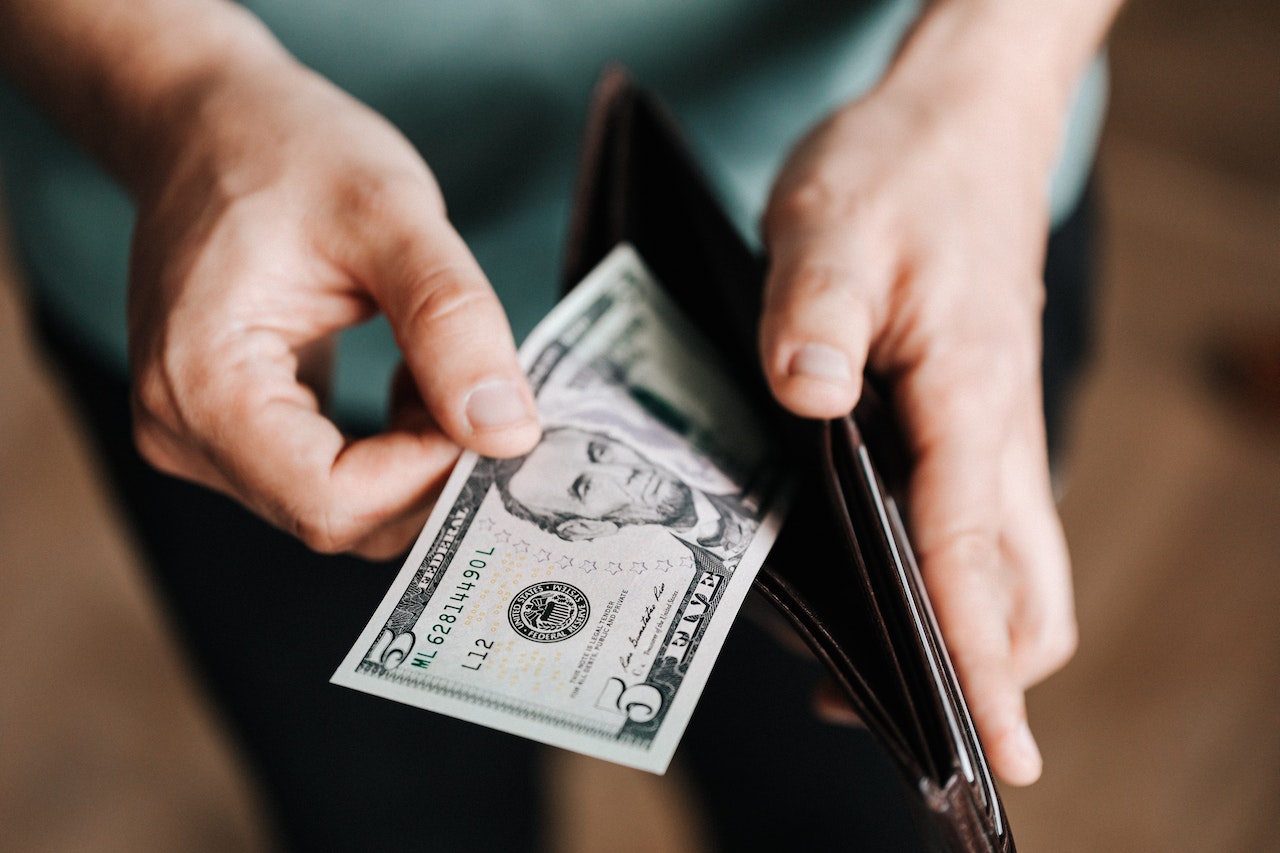Table of Contents
The Best Ways for Covering Emergency Expenses
When an emergency expense crops up, you don’t want to panic. You want to be ready to pay it off and move on. So, what are the best methods for covering emergency expenses?
Emergency Fund
One of the best methods for covering emergency expenses is an emergency fund. After all, an emergency fund’s entire purpose is to help you recover from these types of expenses.
An emergency fund is a collection of personal savings reserved for urgent, unplanned expenses. Ideally, it is stored in a dedicated savings account, separate from other types of savings’ funds. When an urgent and unplanned expense crops up, you can withdraw the necessary amount from the fund right away. It’s a quick and straightforward process.
Emergency Savings Account
An emergency savings account is similar to an emergency fund. It’s a collection of savings reserved for urgent, unplanned expenses.
When you need to cover one of these expenses, you can withdraw the necessary amount from the account and resolve the issue in a short amount of time.
The major difference between these methods is that an emergency fund is a personal collection of savings, while an emergency savings account (ESA) is a professional one. You can open an emergency savings account through your workplace.
Then, you can arrange for your employer to automatically deduct funds from your paychecks and transfer them into your account. These regular contributions will help your savings grow quickly.
Credit Card
When you can’t use savings from an emergency fund or emergency savings account, you can turn to your credit card.
A credit card is a revolving credit tool that allows you to temporarily borrow funds for purchases that you may not be able to afford in the moment.
So, you can charge an emergency expense to your card and then make repayments through your card’s billing cycle.
Do your best to keep your credit card’s balance low. This will give you plenty of available credit to fall back on in emergencies.
You shouldn’t use your card in an emergency if the balance is already high. Doing this could lead to serious financial missteps. You could give yourself too high of a debt load to pay down in your monthly billing cycle.
You could limit your access to available credit. And, worst of all, you could max out your credit card entirely.
Personal Loan
Another payment method that you can turn to in an emergency is a personal loan. Much like your credit card, a personal loan allows you to borrow funds to cover an expense temporarily. After that expense is resolved, you can follow a billing cycle to repay what you borrowed.
How can you apply for a personal loan? It’s simple. You can apply for an online personal loan in a matter of minutes. If your application gets approved, you can access the funds you need to cover your emergency expense in a short amount of time.
You don’t have to go to your nearest bank branch to book an appointment and fill out an application. You can complete all of these steps at home.
It’s crucial that you only apply for personal loans when it’s absolutely necessary. If it’s not an emergency, you should skip this payment method.
Preparation for emergency expenses is key. When you make the right preparations, you’ll be able to handle that emergency without breaking a sweat.
Conclusion
We hope you enjoyed this article… What are your thoughts?
Please feel free to share this article!
Fact Check
We strive to provide the latest valuable information for our readers with accuracy and fairness. If you would like to add to this post or advertise with us, don’t hesitate to contact us. If you see something that doesn’t look right, contact us!


















Hello!! My name is Abraham
I'm a passionate finance enthusiast dedicated to providing you with valuable insights into budgeting, investing, and the art of wealth-building. Let's embark on a journey to unlock your financial potential together. Subscribe to my blog for practical, money-smart tips that will pave the way to your financial success."